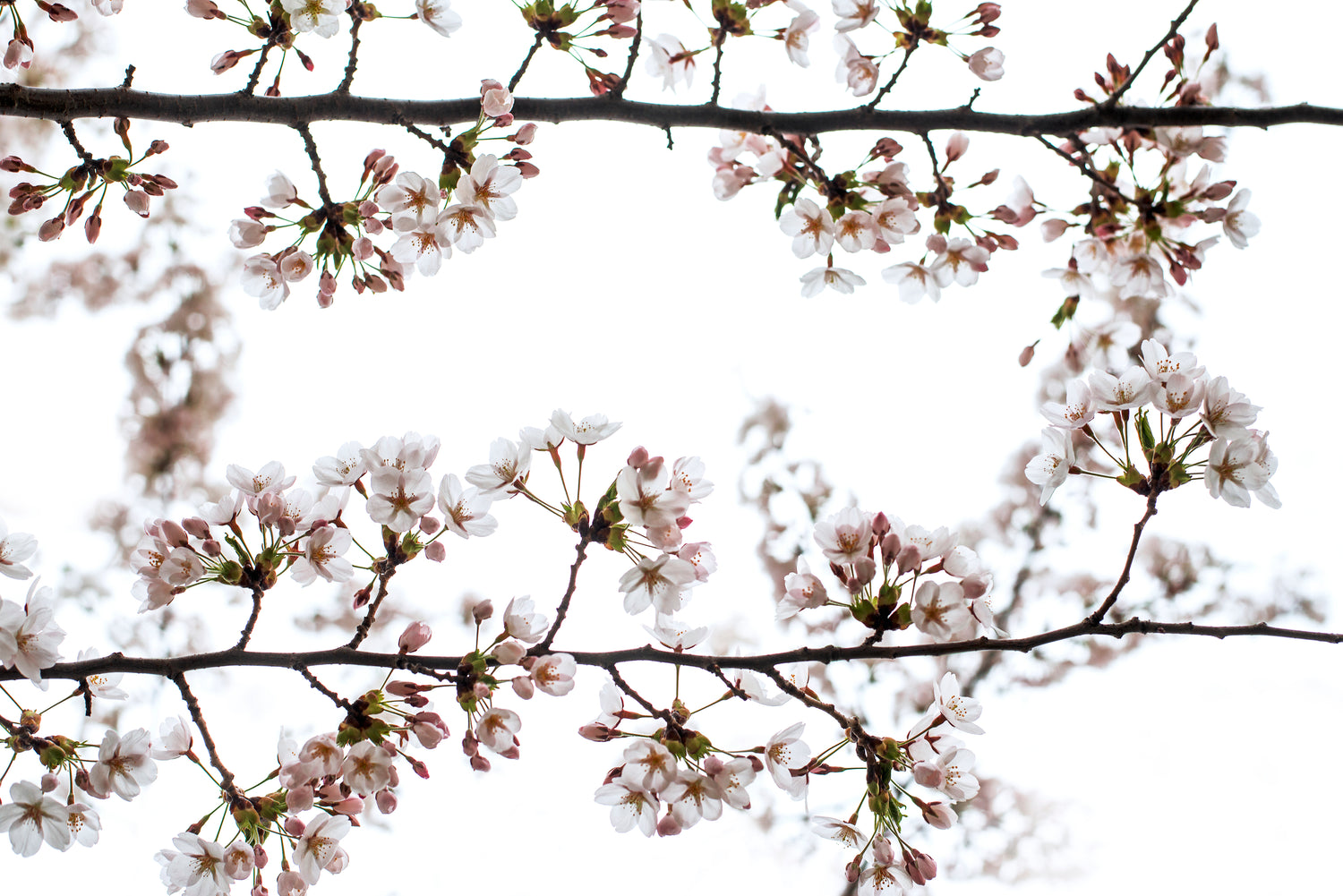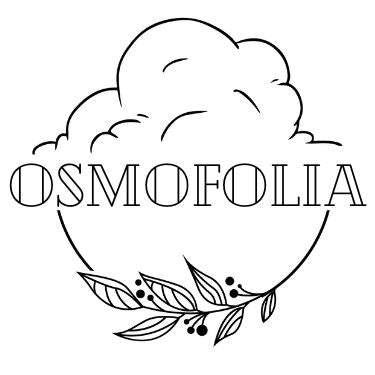
Currently closed for order processing, please check for updates below ✨
04/12: All outstanding orders to ship out tonight.
Replacement orders (for missing/incorrect items from previous orders) to ship Monday, 04/14.
If you cancelled your order for a refund, please allow 24-48 hours for processing—refunds used to process a lot faster, but for some reason the last month or so they've been taking close to the full 48 hours.
Further updates this upcoming week once all orders have shipped ❤️
